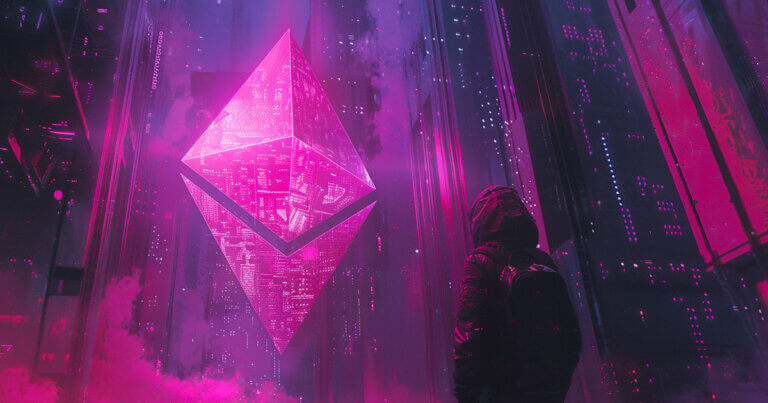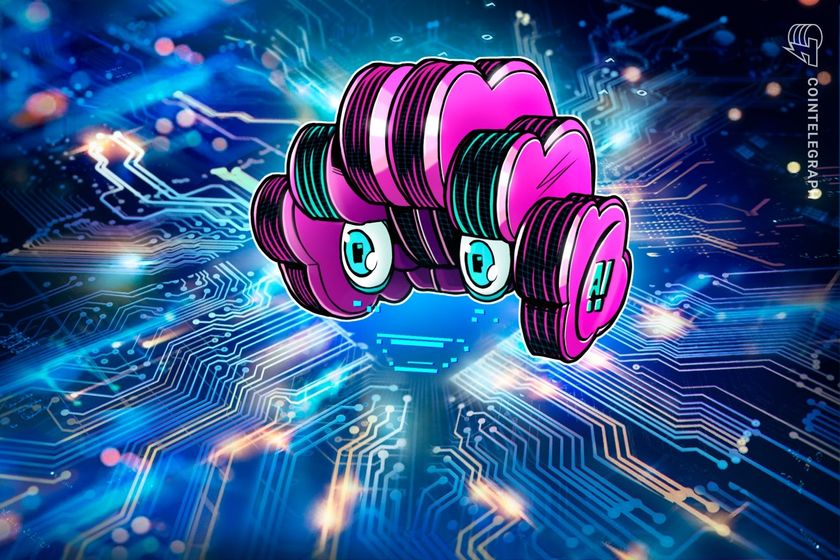The following is a guest post from Yaniv Baruch, COO at Playnance.
The first quarter of 2024 reinvigorated investors’ sentiment in the crypto market. With the landmark litigation against the SEC ending, US investors have finally received access to spot Bitcoin ETFs. This opened the doors to Web3 for large institutional investors: the weekly net cash inflow to US-based ETFs has repeatedly overperformed the initial projections, triggering a bull rally to the all-time high price of Bitcoin.
Despite the broader market’s optimism, investments in Web3 gaming remained cautious, with $288 million injected in the first quarter. Nevertheless, April brought the industry a windfall—a staggering $988 million, the highest monthly investment since January 2021.
Investment Surge: The Data
The root causes of this year’s investment spike seem to be similar to those of early 2021. More than three years ago, the GameFi industry was anticipating a round of explosive growth, facilitated by the emergence of new technologies like NFTs. From 2020 to 2021, the total market capitalization of NFTs skyrocketed by 29 times, while at the same time the total value locked in DeFi protocols reached historic peak levels.
Likewise, the steep increase in committed investment in April 2024 is driven by Ethereum implementing its recent new technology of Account Abstraction and the rise in Layer 3 blockchain solutions in general. The corporate activity is abnormal: a16z is raising a $600 million gaming fund, Bitcraft Ventures is following up with its third GameFi fund of $275 million, and Ubisoft Studios is becoming increasingly interested in blockchain collaboration and joint ventures. By all signs, Web3 gaming is bracing for a powerful headstart.
The uncommonly strong fundamental user engagement metrics bolster this. The average unique active wallets for gaming dApps almost reached 3 million daily — a record-setting number. According to data by DappRadar, every third person logging into dApps in April did it primarily for gaming purposes, suggesting strong interest in fair gaming, play-to-earn, and play-to-airdrop business models. Meanwhile, the number of active blockchain gamers grew by 83% in 2024, reaching 90.3 million users.
Growth Drivers Explained: Account Abstraction and Layer-3
Why do market participants and venture investors equate the significance of Account Abstraction and Layer 3 to the groundbreaking impact of NFTs and DeFi? Back in 2021, blockchain gaming tried to find a unique way to distinguish itself from its Web2 predecessors. This search for value proposition manifested in NFTs, offering the users true data sovereignty and ownership claims for digital assets and DeFi to monetize the plethora of native GameFi tokens.
In 2024, it’s not the novelty of the technology or lack of sustainable monetary rewards that hinder the future development of Web3 gaming. Users have become accustomed to play-to-earn GameFi and the world of Web3. Quite ironically, the taste for new technology has become the opposite—irritation with its conspicuousness. It is not the technology or in-app economy layer VCs are betting on. Rather, they see Account Abstraction and Layer-3 solutions as technological catalysts for superior GameFi UX.
On paper, Account Abstraction replaces non-custodial wallets with programmable smart contracts. In practice, this offers the dApps developers an unprecedented scale of flexibility. For instance, by eliminating the seed phrase reliance and introducing arbitrary verification, AA allows gamers to create trusted decentralized accounts with familiar options like email or Google accounts.
Secondly, it maintains the integrity of the in-game experience without compromising security, removing the need to approve every in-game purchase individually and from external wallets. Finally, Account Abstraction introduces sponsored transactions, removing the most notorious chokepoint in the dApps UX — gas fees.
Even when the network activity is low, and the gas fees are negligible, the cognitive bias against unpredictable and unexpected additional costs prevents users from engaging with dApps more. Linking fiat cards to seamlessly pay for gas fees or even using developers’ funds to directly cover associated commissions directly is a major step toward a better UX and better user retention.
Similarly, Ethereum vertical scaling in Layer-3 solutions (also known as application-specific blockchains) allows for reducing the transaction execution time and radically decreasing the gas fees to achieve zero-gas functionality. Combined with Account Abstraction, Layer-3 solutions open the door for a completely novel experience in GameFi—truly free-to-play, seamless, and indistinguishable from the Web2 gaming process UX-wise.
The Chekhov’s Gun of Investments: The Future of GameFi
With the new technologies readily available and substantial financial backing breathing new life into the sector, it is only a matter of time before these fundamentals become the next major wave of GameFi products.
Blockchain gaming will become the forefront of a new development paradigm that places user experience first if this comes true. Technical advancements like Layer-3 solutions and Account Abstraction are coming into the initial technology stack for most GameFi products, and Web3 is headed toward a new stage of widespread adoption. Tomorrow’s blockchain will present itself as an alternative to Web2 and a strictly better option.
The post What’s behind the nearly $1 billion surge in blockchain gaming investments appeared first on CryptoSlate.






